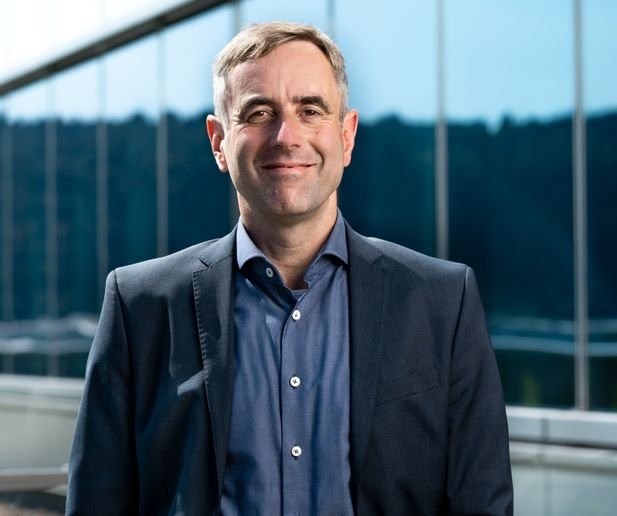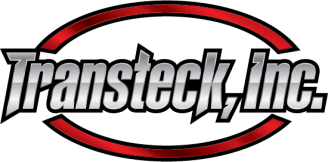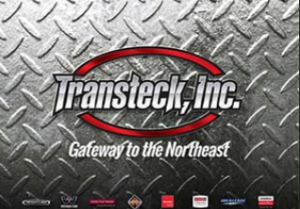
Rainer Müller-Finkeldei started at Daimler in 1995 working in artifical intelligence. At the time, not many knew about AI or had heard of neutral networks. Now, he is the the new senior vice president of engineering and technology at Daimler Trucks North America and is heavy into autonomous truck development among other things.
“I’m really happy to be involved in our great journey to pioneer autonomous driving in trucks,” he said, “something I was fascinated about right from the beginning. Having followed these technologies, we’re now seeing that evolving to a totally new level; for me it’s one of the technologies that has the potential of changing the overall transportation industry globally.”
Autonomous Vehicles
He speaks to autonomous vehicles stating “As always in something as innovative and unexplored as autonomous driving is, it’s hard to say whenever this point will be,” he said. “We are focused on making level 4 autonomous driving possible. Level 5, having a truck that fully autonomously is able to cope with every situation, this a technology that I see pretty way out there.”
DTNA is working with Torc Robotics in the effort for level 4 autonomous driving. He has said they are learning every day how to make this happen.
Electric Vehicles
Closer to production perhaps, are battery-electric vehicles. Müller-Finkeldei pointed to DTNA’s Innovation Fleet of eCascadias and eM2s, a fleet of 30 electric trucks that so far has accumulated 300,000 miles in real-world use by customers.
He also states “It’s not enough to simply have an electric driven truck with some batteries and electric motors,” and that “You have to have the full environment and infrastructure in place at your customers. You have to work with your customers from the beginning to figure out if the application is suitable for electric drive in terms of range, in terms of the possibility of bringing back the vehicle to a central hub, is there time to do the recharging of the batteries and so on. And we work with customers to build up the needed [charging] infrastructure.”
To read the full article, click below.


